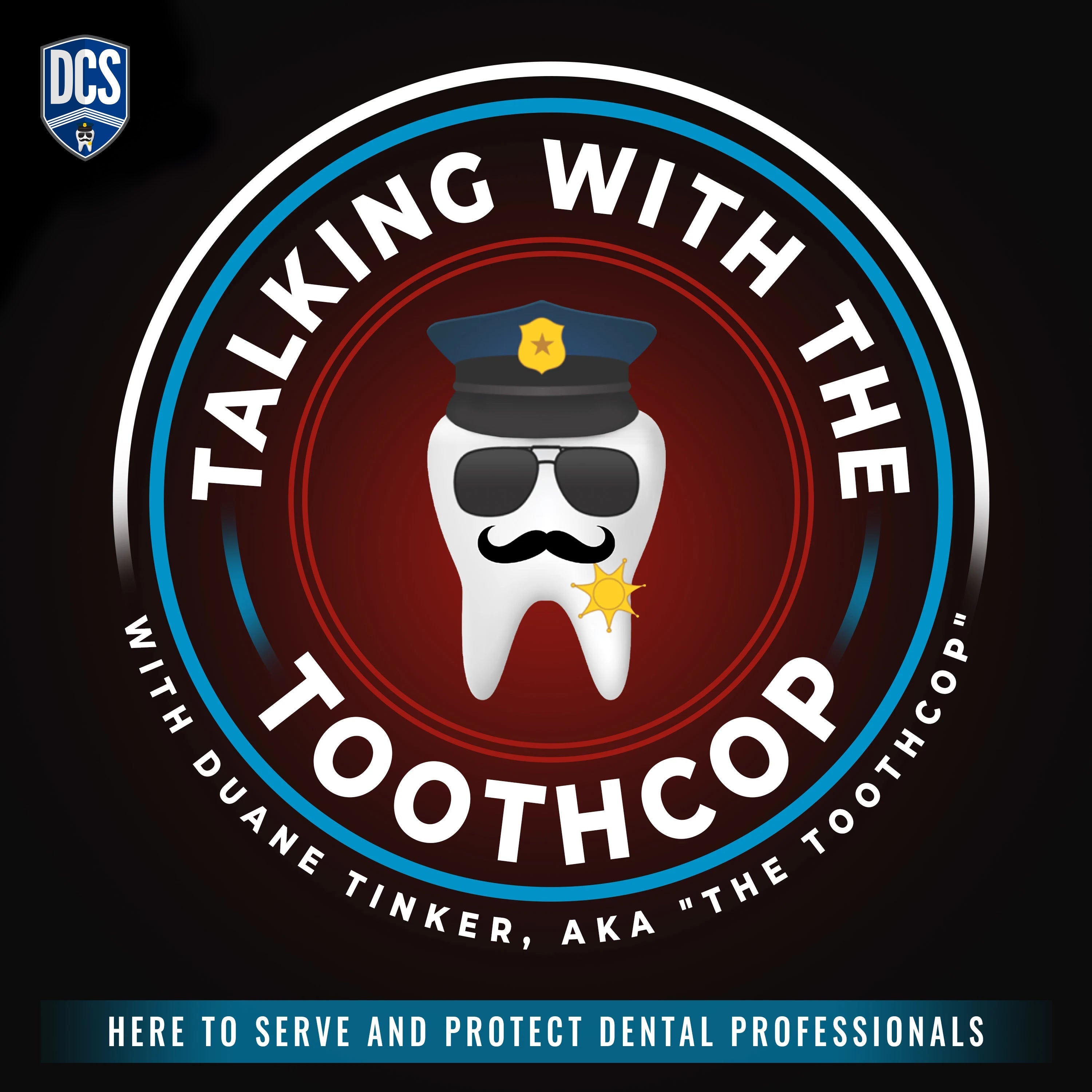Every year fines are levied against well-meaning, hard-working individuals in dental practices all across the country. Nobody wants to do things that put their staff members or patients at risk, yet these safety infractions keep happening. Why? It’s not because rules and regulations change, it’s because the practices that ensure safety in the dental office slip over time. It’s an issue of not effectively creating a safety culture.
In this episode, I’m chatting with Andrea about the most recent years of OSHA violations, going item by item through the violations to point out how and why they happened. We wrap up with some tips and strategies about how you can create something bigger than a commitment to enforcing the rules - you can and should create a safety culture among your team. It's way more powerful.
There’s not a Dentist alive who wants to put people at risk
Nobody would even suggest that Dentists are overlooking safety issues because they don’t care. Every Dentist I know cares deeply about their patients and their staff. So what is it that causes offices across the country to be fined for safety violations? It’s a lack of consistent attention to the policies and procedures that keep people safe.
Listen to hear what causes the average Dentist’s commitment to safety to slip in practical ways, hear our suggestions about what needs to be done to keep things on the up and up, and to understand how you can protect yourself and your office from being the next to be cited for violations.
Some of the dental safety violations we see are simply paperwork
There are true safety concerns among the things we note in this episode, but many of them are simply a failure to document the safety steps that have been taken in the practice. I’ll give you some examples. In many of the cases where OSHA has cited practices in the past 3 to 4 years, there were:
- No written blood-borne pathogen plans
- No proof of Hep B vaccinations
- No hazard communication plans
- No Safety Data Sheets in the workplace
Do you see what I mean? In most cases, these are one-time administrative tasks that simply need to be created and made available. It’s not hard, just time consuming and tedious. The worst part is that by NOT doing something so simple, hundreds or even thousands of dollars worth of fines are being levied, and patients and team members are being put at risk.
A clear example of why a culture of safety is the answer
In some of the instances where dental practices were cited, the infraction was a fairly simple, easy to do task that simply wasn’t being done consistently. For example, it’s still the case that many of those serving in the office are not wearing the proper eye protection for the task they are performing. Still, others are not using other forms of PPE.
This is not a rule problem - it’s a culture problem. It’s sometimes harder to fix safety issues of a cultural nature but when you do, the slips tend to go away. Listen to find out how we suggest you go about creating a culture of safety in your practice.
A culture of safety begins with the leader
I’m convinced that every Dentist wants their team and their patients to be safe from blood or body fluid-borne pathogens. The same holds true when it comes to exposure to hazardous materials or radiation in the dental office. If that’s true, then the primary motivator for creating a culture of safety is already in place. Dentists simply don’t know how to practically apply what they already believe.
Don’t think of this as an issue where you need to be the bad guy or bring the hammer down. It’s not that at all. What you need to think of is communicating your heart to your team, your desire to see EVERY team member, and EVERY patient cared for in a safe manner. That will matter to your team because it demonstrates that you are in it for them. From there, you speak practically about what that concern motivates you to do (follow the prescribed guidelines for safety and ensure your team does too). Your team is smart, they’ll make the connection and get on board. Then THEY will be part of your culture of safety.
Then, and only then, you implement your no-toleration policy regarding adherence to the safety rules that have been established. Safety problems don’t typically happen because the rules change, they happen because of attitudes and diligence change - when they shouldn’t. Listen, to learn more.
Outline of This Episode
- [0:22] Creating a culture of safety in your office
- [2:10] How active is OSHA in the dental industry? Not very. It’s
- [5:59] What are the violations OSHA Is citing for?
- [10:39] No eye or face protection violations
- [12:55] Not requiring the use of PPE - Doctors don’t enjoy using it but they must do it
- [15:56] Healthcare associated infections: a new law in California
- [18:26] The little things that add up
- [22:57] The takeaways: a line has to be drawn in the sand
Resources & People Mentioned
Connect With Duane
- https://www.dentalcompliance.com/
- toothcop@dentalcompliance.com
- On Facebook
- On Twitter
- On LinkedIn


